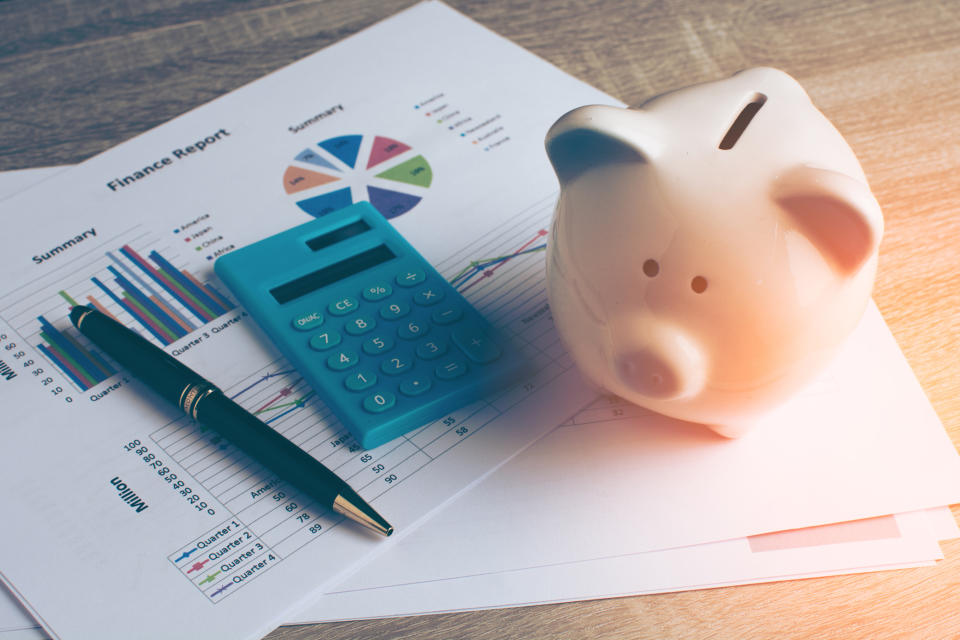The reason why most people get rejected for a personal loan

Whether you’re looking to do home improvements, tackle medical costs, or consolidate debt, you may be tempted to take out a personal loan. These short-term options are unsecured (meaning you don’t have to put up collateral), and can provide an influx of cash when you need it most.
The issue for many Americans is that they can be tough to get.
LendEDU, a marketplace for loans and financial products, just released data showing that 76% of people who apply for a personal loan are declined. One of the main reasons for rejection? A low credit score. The average American has a credit score of 687. Meanwhile, the average FICO credit score of an approved applicant was 741.
Of those who do get approved, LendEDU predicts that just 35% went on to accept the personal loan. It’s unclear why someone would decline a loan they applied for, but the financial site says it could be because they didn’t get the interest rate or loan size they requested.
While some consumers can’t get loans, and others reject them, the fact is more Americans are actually taking out personal loans. Currently, 16 million consumers have an unsecured personal loan. According to a TransUnion, personal lending balances grew a steady 10.8% in the second quarter of 2017, totaling $108 billion.
How to get a loan
The growth of financial technology lenders is one thing helping people gain access to personal loans. These fintech lenders differ from traditional banks because they use technology and algorithms to assess a borrower’s creditworthiness. In some cases, these platforms provide peer-to-peer lending and work as the middleman between borrowers and investors. Back in 2010, fintech only made up 3% of personal loan lenders. In 2015, Transunion says that number jumped to 30%.
If you’re unsure where to find a lender, NerdWallet has a great list where you can compare providers and choose the best personal loan offer based on your credit score and needs.
Popular options include SoFi, a fintech lending site that promises to offer fixed personal loan rates starting as low at 5.49% APR. Applicants can apply for their loan online, and can borrow amounts ranging from $5,000 to $100,000. LendingClub is also a popular peer-to-peer option that has facilitated the borrowing of $31 billion. Applicants on this site can get a personal loan with interest rates starting at 5.99%.
Ultimately, getting approved will come down to your creditworthiness. You may be able to find a lender if your credit score is below 630, but you’ll probably get hit with a higher interest rate of 25% to 30%. In these instances, an online lender wouldn’t be very helpful for consolidating debt because you may face higher interest rates than a credit card. For better results, applicants should have a credit score above 690 to secure a personal loan with a good interest rate.
Brittany is a reporter at Yahoo Finance. Follow her on Twitter.
Chase Sapphire Reserve cutting 100k sign-up bonus in half
Is Chase Sapphire Reserve the best travel credit card ever?
Here’s how Amex Platinum’s new perks compare to Chase Sapphire Reserve

 Yahoo Finance
Yahoo Finance 
